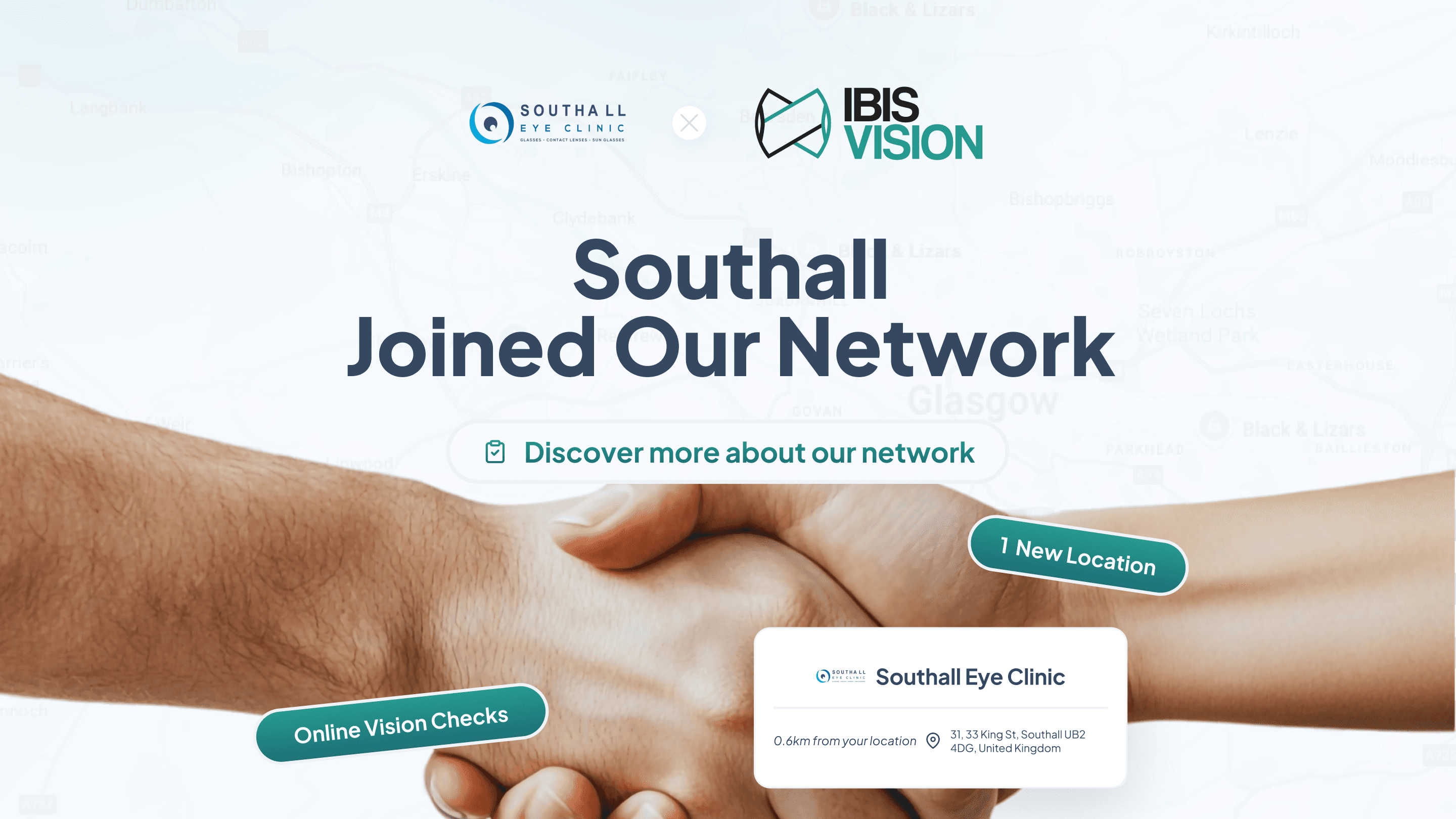Monthly Technology Update
September might have marked the end of summer, but the pace of innovation in eye care didn’t cool off! The month was packed with exciting updates across ophthalmology, optometry, and vision science. Here’s a roundup of the highlights and why they matter for the future of eye care.
30 Sept 2025
September might have marked the end of summer, but the pace of innovation in eye care didn’t cool off! The month was packed with exciting updates across ophthalmology, optometry, and vision science. From nationwide AI rollouts to fresh breakthroughs in treatments, new gadgets, and lively industry events, the buzzwords were clear: automation, access, and integration. Here’s a roundup of the highlights and why they matter for the future of eye care.
Major Highlights & Breakthroughs
1. Norway goes big with AI eye screening
Norway just made headlines by becoming one of the first countries to roll out autonomous AI eye screening across its health system. Their South-Eastern Regional Health Authority has officially deployed EyeArt, an AI tool that spots diabetic retinopathy.
Why is this such a big deal?
EyeArt already has FDA clearance for detecting both moderate and vision-threatening diabetic retinopathy.
By putting it into action at scale, Norway aims to free up specialist time, cut waiting lists, and bring faster checks to patients.
In short: this isn’t just another pilot project - it’s AI moving into the real world, at national scale.
2. Therapies and tools making waves
September was packed with exciting updates on the clinical and therapeutic front:
Kalaris Therapeutics kicked off a Phase 1b/2 trial for TH103, a dual-action treatment aimed at tackling neovascular AMD (nAMD).
Fresh real-world data on the TECNIS PureSee extended depth of focus IOL looked very promising, showing great outcomes across multiple centers.
Alcon wrapped up its acquisition of LumiThera, adding the Valeda noninvasive dry AMD therapy to its lineup.
And in a very cool twist, VirtuaLens introduced a VR simulator that lets patients “try on” different IOLs before surgery - like a vision version of a fitting room.
The common thread here? Innovation that blends advanced therapies with tools designed to make patients more engaged and informed.
3. Industry buzz, events, and startup energy
The conference scene was buzzing this month:
Vision Expo West 2025 lit up Las Vegas with demos of diagnostic platforms, software, smart lenses, and bold startup ideas.
At SECO 2025, experts talked about how AI, wearables, and surgical innovations are reshaping clinical workflows.
EyeCon 2025 doubled down on collaboration between ophthalmology and optometry - highlighting that the future is cross-disciplinary.
And in the product world, Topcon’s TERA dry eye imaging platform drew attention as robotics and imaging tech continue to team up.
September’s takeaway? The industry is in full build-and-share mode.
Consumer Tech to Watch
Not everything happened in the clinic - consumer tech made its mark too:
Meta Connect 2025 dropped the new Ray-Ban Meta Display smart glasses, with waveguide displays, gesture controls, and even live translation. AR and vision tech are clearly on a collision course.
TCL’s NXTPAPER 60 Ultra debuted at IFA 2025, with a display designed around eye comfort (think zero flicker, anti-glare, and blue-light filtering).
Researchers also revealed an AI tool that predicts vision loss in keratoconus patients years before symptoms appear - a huge step for early intervention!
Why it matters: consumer and clinical innovations often feed into each other. Patients are already expecting “eye-friendly tech” in their daily lives, and that pressure is pushing eye care forward.
What’s Next?
Looking ahead, here are the big things to keep an eye on:
Real-world results – How well will Norway’s AI system perform once scaled up?
Money matters – Reimbursement and regulation need to catch up if AI and VR tools are going to take off.
Speaking the same language – Interoperability between all these new imaging and AI systems is going to be crucial.
Clinician trust – Will doctors embrace autonomous AI, or push back against the “black-box” approach?
More patient-facing tech – Expect more simulations, remote monitoring, and AR in everyday care.
From lab to clinic – Watch for academic projects like “virtual eyes” and generative AI models to start turning into real-world products.
September showed us one thing loud and clear: eye care tech is racing ahead, with AI, new therapies, and consumer-driven innovation setting the pace. And if this month is anything to go by, the rest of the year won’t be slowing down.
Sources:
https://ophthalmologymanagement.com/news/2025
https://www.ajmc.com/view/cutting-edge-eye-care-technologies-highlighted-at-seco-2025
https://glance.eyesoneyecare.com/stories
https://www.tomsguide.com/news/live/meta-connect-2025-live-updates

stay in the loop


